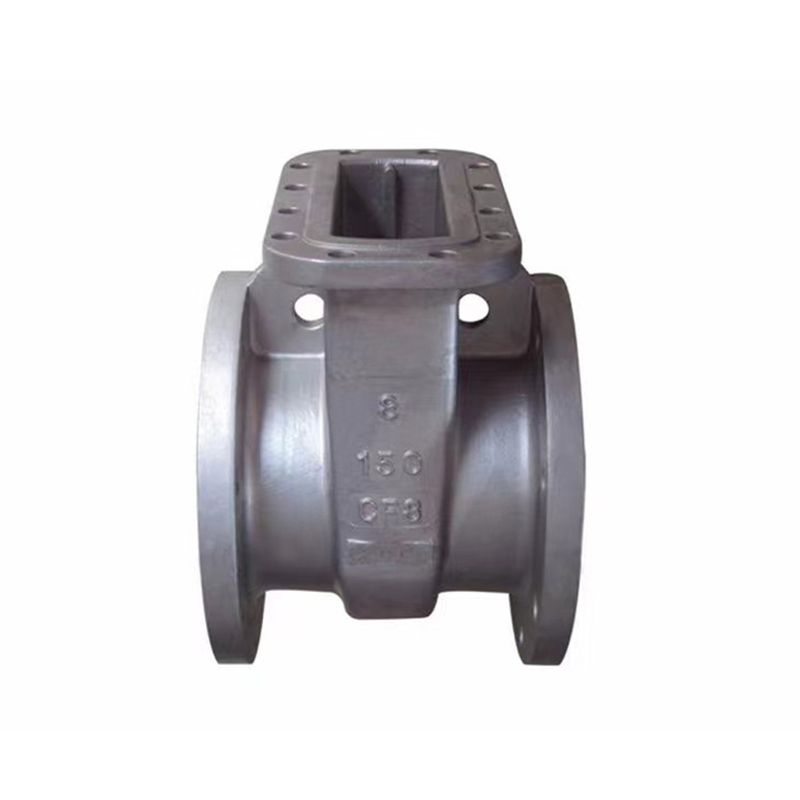- Globe Valve
- Purpose: Primarily used to shut off or regulate fluid flow, suitable for scenarios requiring precise flow control.
- Features: Simple structure and good sealing performance, but with higher fluid resistance.
- Typical Applications: Water pipelines, steam pipelines, chemical pipelines.
- Ball Valve
- Purpose: Enables rapid switching and shut-off of fluids, ideal for frequent operation or high-pressure differential scenarios.
- Features: Full opening or closing with a 90° rotation, strong sealing performance, and low fluid resistance.
- Typical Applications: Petrochemical industry, water treatment, natural gas transportation.
- Gate Valve
- Purpose: Fully opens or closes pipelines, not suitable for flow regulation.
- Features: Low fluid resistance but requires significant force to operate, prone to wear over time.
- Typical Applications: Large water transmission pipelines, oil pipelines.
- Butterfly Valve
- Purpose: Regulates and shuts off fluids, suitable for large-diameter pipelines.
- Features: Compact size, lightweight, cost-effective, but slightly lower sealing performance compared to ball valves.
- Typical Applications: Water supply and drainage systems, HVAC systems, marine applications.
- Check Valve
- Purpose: Prevents backflow of fluids to protect equipment (e.g., pumps).
- Features: Self-actuated operation without manual intervention.
- Typical Applications: Pump discharge lines, chemical pipelines.
- Safety Valve
- Purpose: Automatically releases pressure during overpressure events to ensure system safety.
- Features: High sensitivity, requires regular calibration.
- Typical Applications: Boilers, pressure vessels, oil and gas storage tanks.
- Control Valve
- Purpose: Precisely regulates flow, pressure, or temperature.
- Features: Requires actuators (e.g., pneumatic/electric) for operation, highly intelligent.
- Typical Applications: Chemical production, HVAC systems.
- Steam Trap
Post time: Apr-21-2025

